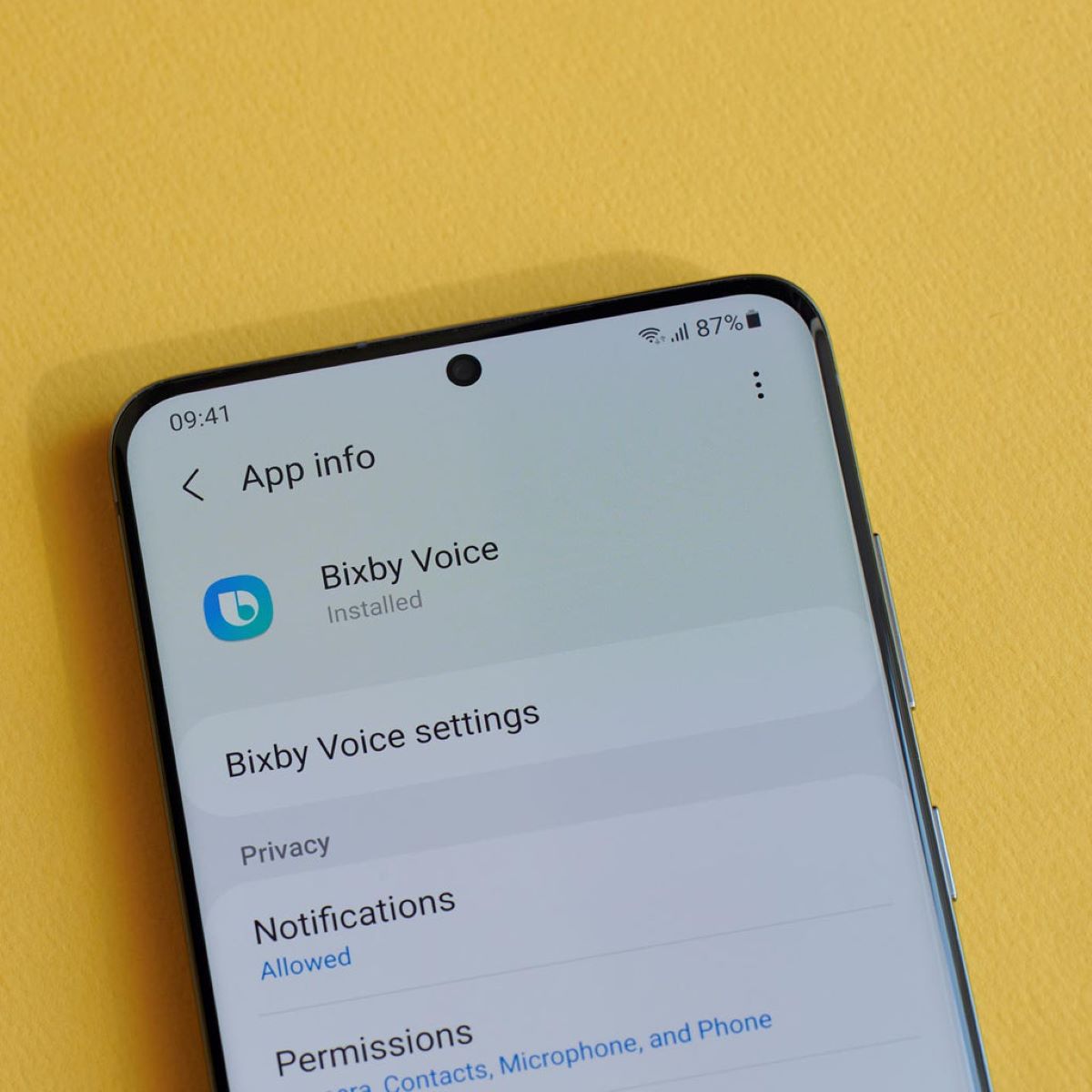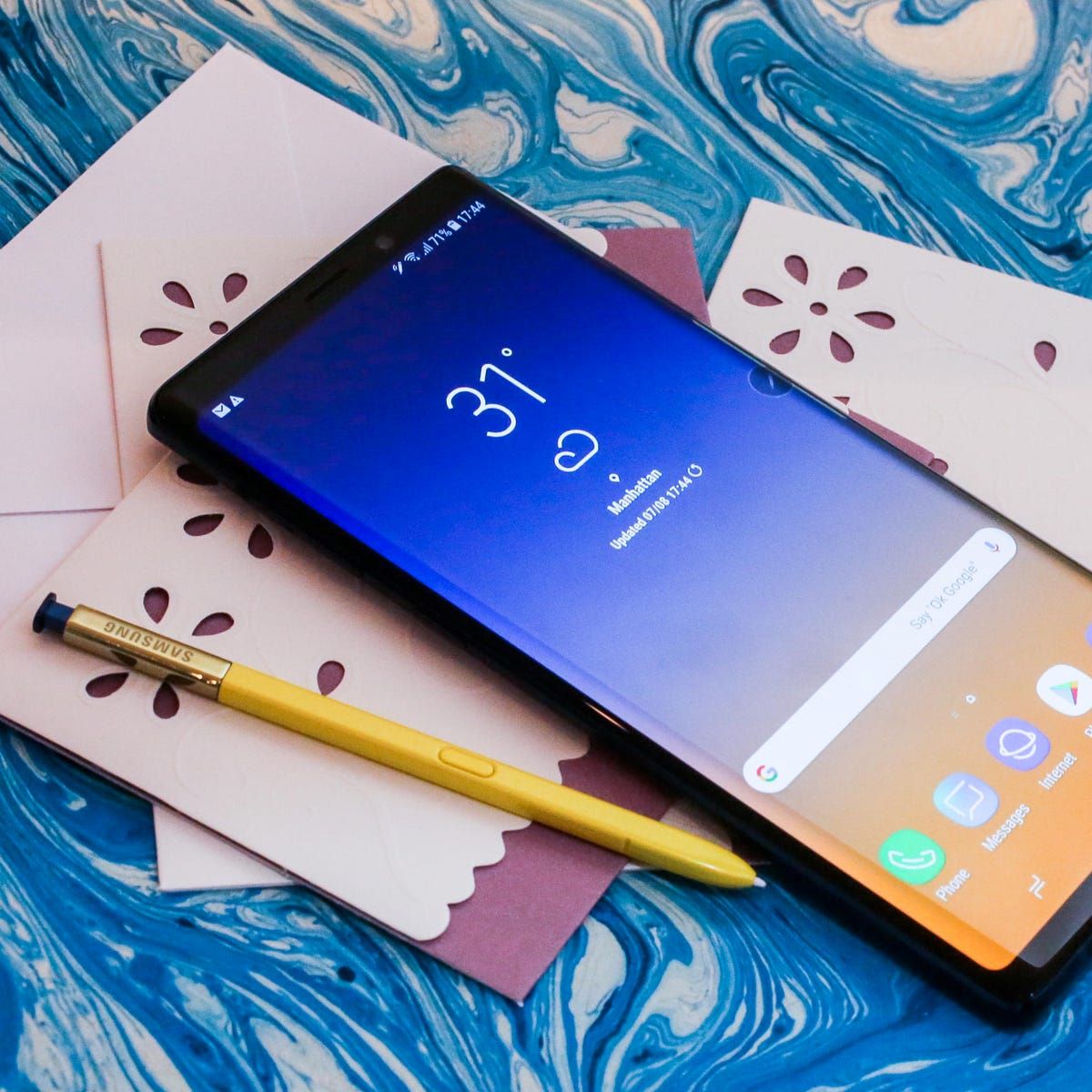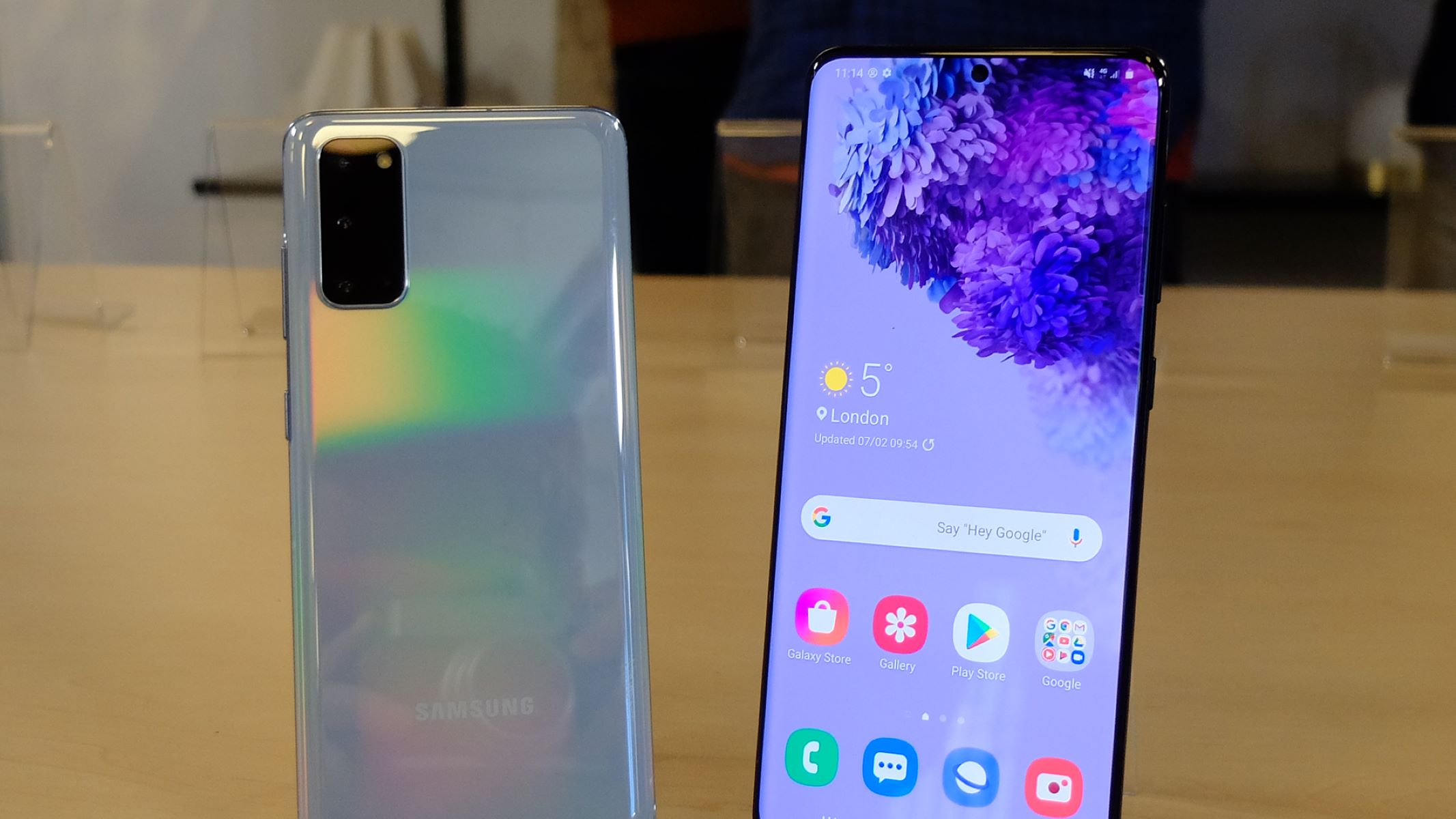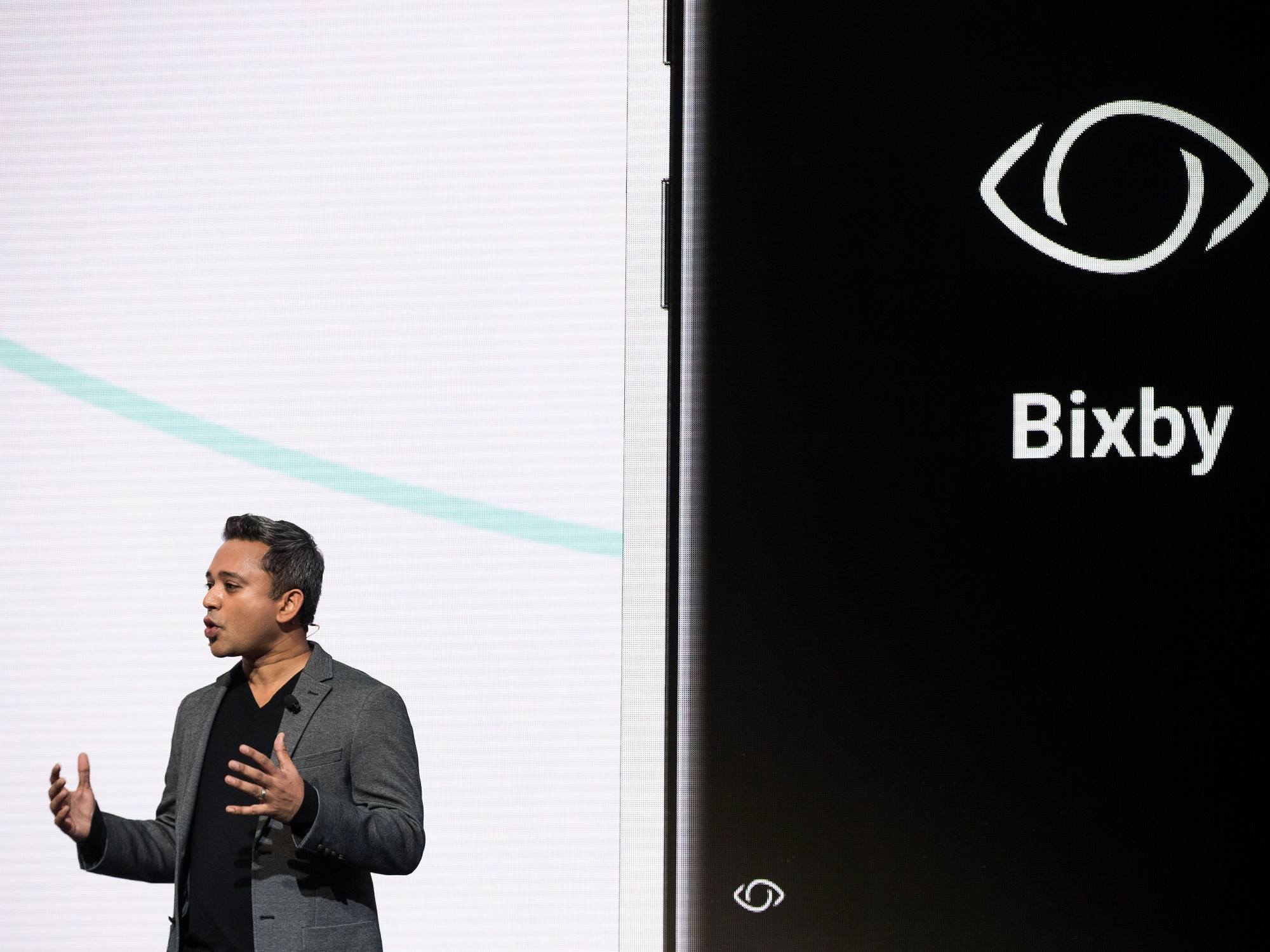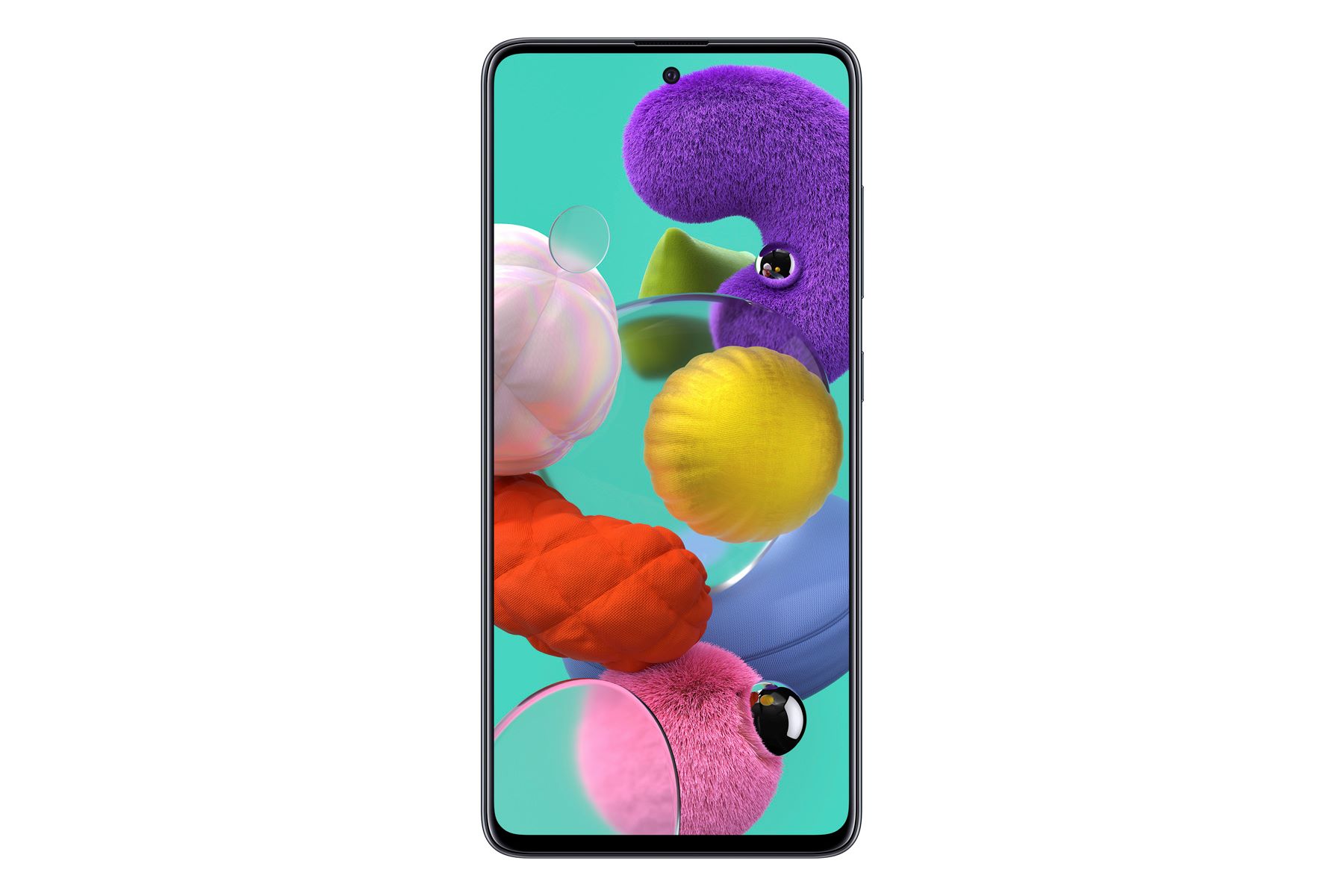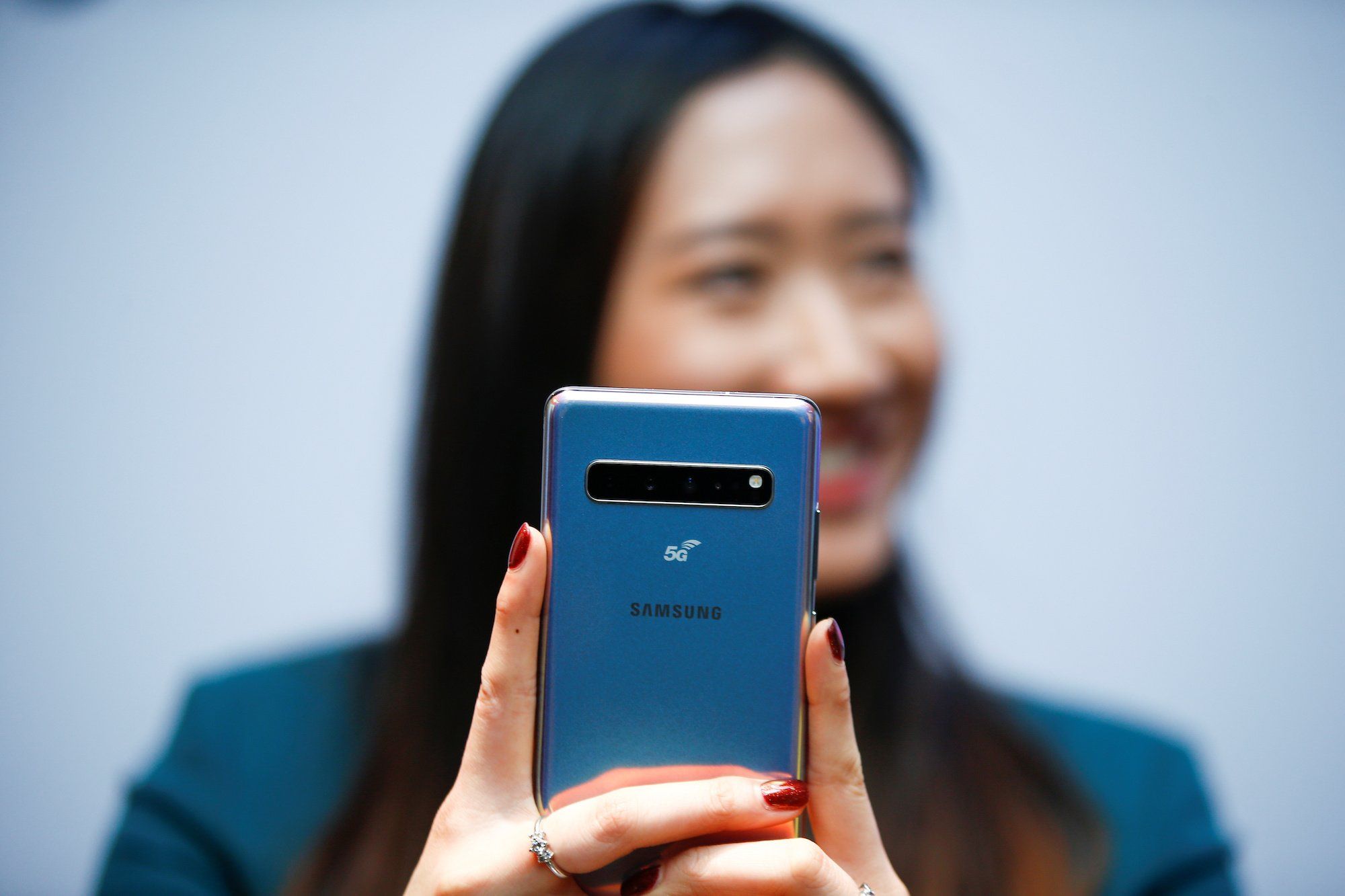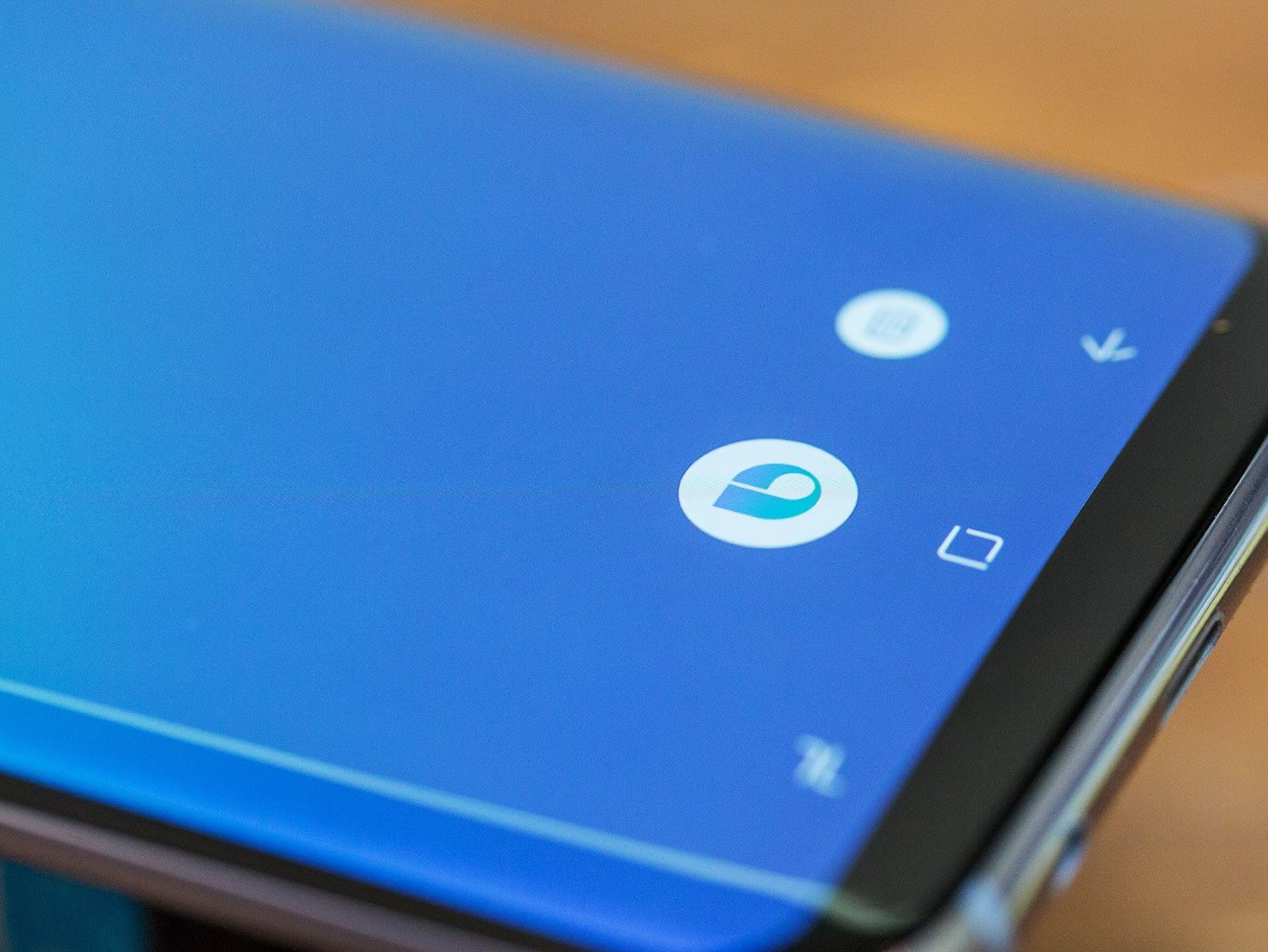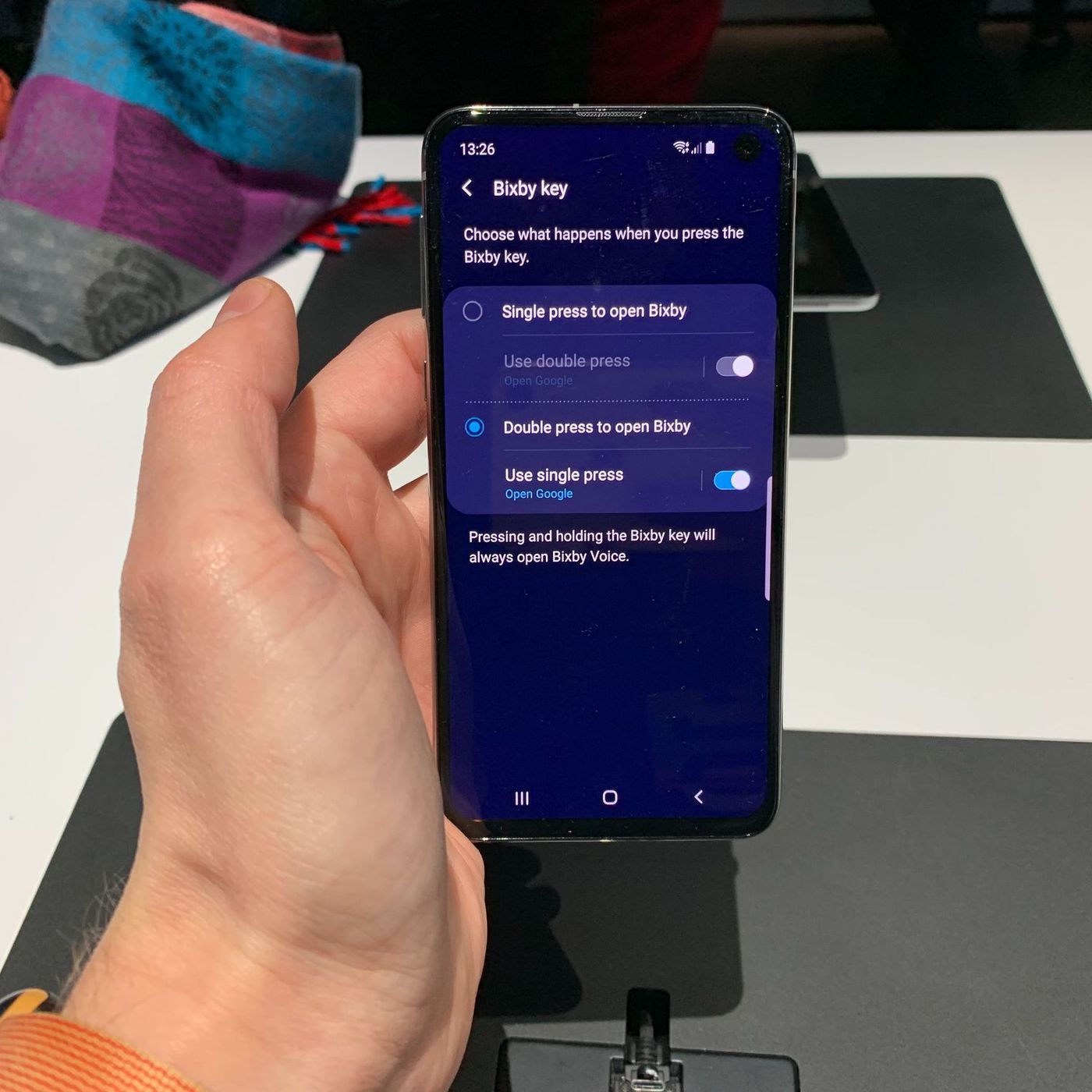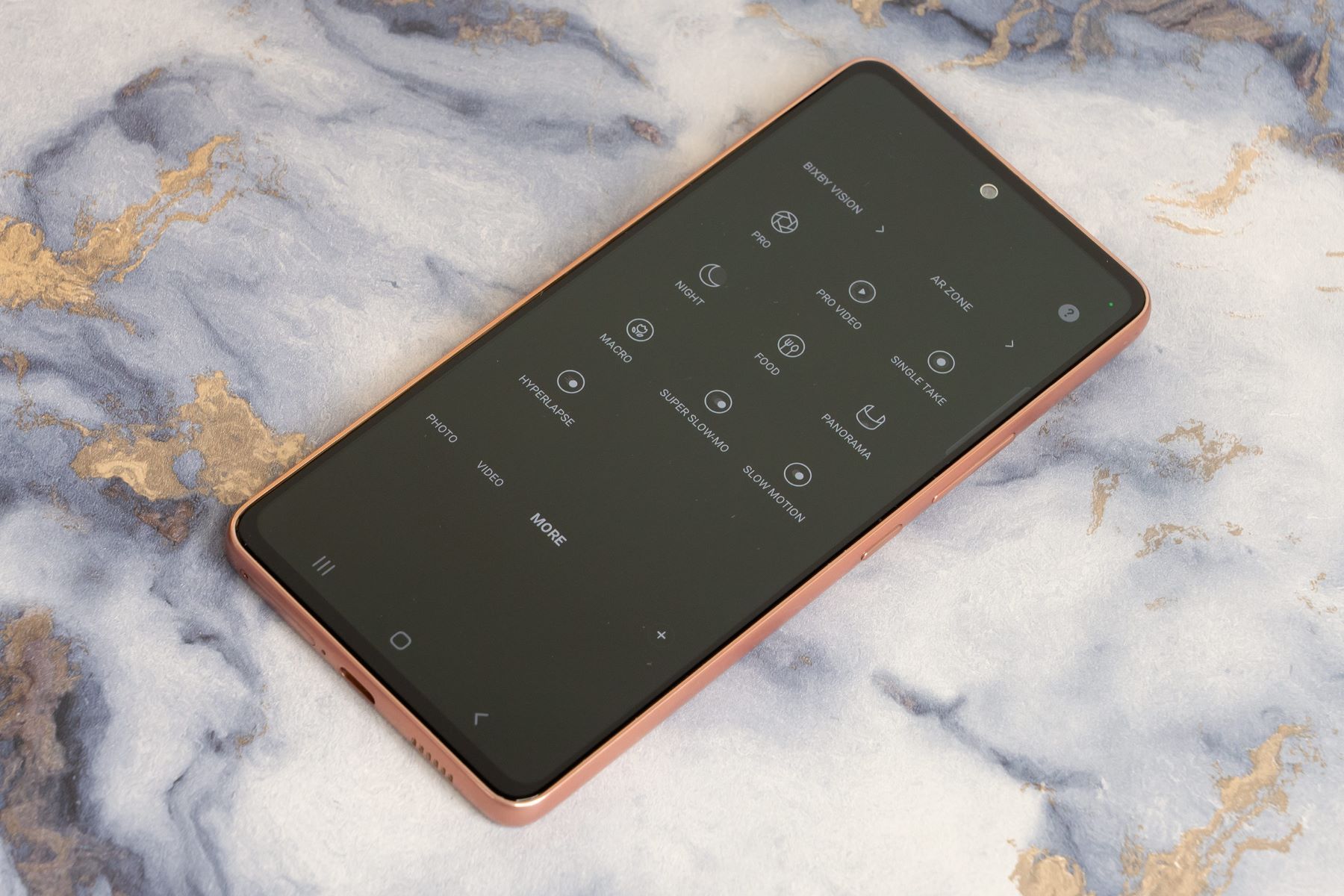Introduction
Bixby is an intelligent virtual assistant developed by Samsung, designed to provide a personalized voice-controlled experience on Samsung devices. While some users find it helpful and convenient, others may prefer to disable Bixby due to personal preferences or a preference for using alternative virtual assistants like Google Assistant. If you fall into the latter category and wish to turn off Bixby on your Samsung device, you’ve come to the right place.
Turning off Bixby can help to optimize your device’s performance and free up system resources. It can also prevent accidental activations or interruptions from Bixby during critical moments. Whether you want to disable Bixby temporarily or permanently, there are several methods you can use to achieve this. In this article, we’ll explore different approaches to turning off Bixby on your Samsung device.
Before we delve into the methods, it’s important to note that the steps may vary slightly depending on the model and software version of your Samsung device. However, the general concepts and settings should remain similar across most Samsung devices.
Why Turn Off Bixby?
While Bixby can be a useful feature for some users, there are several reasons why you might want to turn it off:
1. Personal preference: You might have a personal preference for using a different virtual assistant, such as Google Assistant or Amazon Alexa. Disabling Bixby allows you to prioritize the virtual assistant of your choice and streamline your user experience.
2. Unintended activations: Bixby can sometimes be triggered accidentally, especially if you have a device with a dedicated Bixby button. This can be frustrating and disrupt your usage, particularly if Bixby launches unexpectedly when you’re in the middle of an important task. Turning off Bixby eliminates the risk of unintentional activations.
3. Resource optimization: Bixby runs in the background, consuming system resources, including processing power and memory. If you’re looking to optimize the performance of your Samsung device or extend battery life, disabling Bixby can help achieve that goal.
4. Limited usefulness: Depending on your needs and preferences, you may find that Bixby doesn’t provide the functionality or convenience you desire from a virtual assistant. If you rarely use Bixby or find its features unnecessary, turning it off can help declutter your device and simplify your user interface.
5. Privacy concerns: Virtual assistants like Bixby are designed to listen and respond to your voice commands. If you have concerns about privacy or data security, disabling Bixby ensures that your device is not constantly listening for voice input.
It’s important to note that turning off Bixby doesn’t mean you lose access to other Samsung features or apps. You can still enjoy all the other functions and capabilities of your device while having control over whether or not Bixby is an active part of your user experience.
Methods to Turn Off Bixby
There are multiple methods you can use to turn off Bixby on your Samsung device. Here are four common approaches:
1. Disabling Bixby Voice: One way to disable Bixby is by turning off the Bixby Voice feature. This can be done by opening the Bixby app or swiping right on your home screen to access Bixby Home. From there, tap the three-dot menu icon and go to Settings. Locate the Bixby Voice toggle and switch it off. This will disable voice interactions with Bixby, but other Bixby features may still be active.
2. Disabling Bixby Home: Bixby Home is a screen that houses information and suggestions based on your usage patterns. To disable it, go to the home screen, pinch inwards, or long-press on an empty area to enter the home screen customization mode. Swipe to the rightmost panel to access Bixby Home. Toggle off the Bixby Home switch to disable it.
3. Disabling Bixby Key: Your Samsung device may have a dedicated Bixby button, usually located below the volume rocker. Pressing this button often activates Bixby, but you can disable it if you prefer. Open the Bixby app or swipe right to access Bixby Home. Tap the three-dot menu icon and select Settings. Navigate to the Bixby Key section and choose the “Don’t open anything” option to disable the Bixby key’s functionality.
4. Removing Bixby Home from S20: On the Samsung Galaxy S20 series, you can uninstall Bixby Home entirely if you choose. From the home screen, pinch inwards or long-press on an empty area to enter the home screen customization mode. Swipe to the rightmost panel to access Bixby Home. Tap the toggle switch on the top right corner to turn off Bixby Home. A prompt will appear asking if you want to remove Bixby Home. Confirm the action to remove it from your device.
By utilizing these methods, you can effectively turn off Bixby on your Samsung device and tailor your user experience to your liking. Experiment with these options and find the approach that works best for you.
Method 1: Disabling Bixby Voice
If you want to disable Bixby Voice, follow these steps:
- Open the Bixby app on your Samsung device or swipe right on the home screen to access Bixby Home.
- Tap the three-dot menu icon located at the top right corner of the screen.
- Select “Settings” from the menu.
- In the Bixby Voice section, you will find a toggle switch. Tap the switch to turn off Bixby Voice.
Disabling Bixby Voice will prevent the virtual assistant from responding to voice commands. However, please note that other Bixby features may still be active.
This method is useful if you prefer not to use Bixby through voice interactions or if you find accidental voice activations disruptive. By disabling Bixby Voice, you can have more control over when and how you interact with your Samsung device.
It’s important to note that the exact steps and options might vary slightly depending on the model and software version of your Samsung device. However, the general concept of disabling Bixby Voice should remain consistent across most Samsung devices.
Experiment with this method, and if you find that you still want to further customize your Bixby experience, proceed to the next methods to explore additional options for disabling Bixby on your Samsung device.
Method 2: Disabling Bixby Home
If you want to disable Bixby Home, follow these steps:
- On your Samsung device, go to the home screen and pinch inwards or long-press on an empty area to enter the home screen customization mode.
- Swipe to the rightmost panel to access Bixby Home.
- At the top right corner of the Bixby Home screen, you will find a toggle switch.
- Tap the toggle switch to turn off Bixby Home.
By disabling Bixby Home, you remove the screen that displays personalized information and suggestions based on your usage patterns. This can help declutter your home screen and simplify your user interface.
Disabling Bixby Home does not fully disable Bixby on your device, but it removes this specific feature. You can still access other Bixby functionalities through the Bixby app.
Please keep in mind that the steps and options may vary slightly depending on the model and software version of your Samsung device. However, the general process of disabling Bixby Home should remain consistent across most Samsung devices.
Experiment with this method, and if you find that you want to explore additional options for turning off Bixby, continue to the next methods to further customize your Samsung device.
Method 3: Disabling Bixby Key
If your Samsung device has a dedicated Bixby button and you want to disable it, follow these steps:
- Open the Bixby app on your Samsung device or swipe right on the home screen to access Bixby Home.
- Tap the three-dot menu icon located at the top right corner of the screen.
- Select “Settings” from the menu.
- Navigate to the “Bixby key” section.
- Choose the option that says “Don’t open anything” to disable the Bixby key’s functionality.
By disabling the Bixby key, you prevent the dedicated button from launching Bixby when pressed. This can be useful if you find accidental activations of Bixby frustrating or if you prefer to use the button for other functions.
It’s important to note that disabling the Bixby key does not completely disable Bixby on your device. You can still access Bixby through the Bixby app or other methods.
Please note that the exact steps and options may vary slightly depending on the model and software version of your Samsung device. However, the general process of disabling the Bixby key should remain consistent across most Samsung devices with a dedicated Bixby button.
Experiment with this method and customize your device according to your preferences. If you want to explore further options for turning off Bixby, proceed to the next method for additional steps.
Method 4: Removing Bixby Home from S20
If you own a Samsung Galaxy S20 or a similar device and want to remove Bixby Home entirely, follow these steps:
- On your Samsung device, go to the home screen and pinch inwards or long-press on an empty area to enter the home screen customization mode.
- Swipe to the rightmost panel to access Bixby Home.
- At the top right corner of the Bixby Home screen, you will find a toggle switch.
- Tap the toggle switch to turn off Bixby Home.
- A prompt will appear, asking if you want to remove Bixby Home from your device.
- Confirm the action to permanently remove Bixby Home.
By removing Bixby Home from your Samsung device, you eliminate the screen that displays personalized information and suggestions. This can help simplify your home screen and potentially improve performance.
Please note that removing Bixby Home does not disable other Bixby features or the Bixby app itself. You can still access Bixby functionalities through other means, such as the Bixby app or through voice commands with Bixby Voice.
It’s important to remember that the steps and options may slightly vary depending on the model and software version of your Samsung device. However, the general process of removing Bixby Home from your device should remain consistent across most Samsung devices, including the Galaxy S20 series.
Experiment with this method, and if you want to explore more ways to customize your Bixby experience or further turn off Bixby, continue to experiment with the other methods discussed previously.
Conclusion
Turning off Bixby on your Samsung device can help you regain control over your user experience, optimize device performance, and prioritize the virtual assistant of your choice. Whether you prefer using alternative virtual assistants or find Bixby’s features unnecessary, there are multiple methods you can use to disable Bixby to suit your needs.
In this article, we explored four common methods to turn off Bixby:
- Disabling Bixby Voice
- Disabling Bixby Home
- Disabling the Bixby Key
- Removing Bixby Home from the Samsung Galaxy S20
By following these methods, you can customize your Samsung device according to your preferences and use only the features you find most beneficial.
However, it’s important to note that while disabling certain aspects of Bixby can enhance your user experience, it may prevent access to other Bixby features and functionalities. Additionally, the steps and options to turn off Bixby may vary slightly depending on the model and software version of your Samsung device. Be sure to check the specific instructions for your device to ensure accuracy.
Experiment with the different methods and find the approach that works best for you. Remember that you can always re-enable Bixby or customize its settings at any time if your preferences change.
Disabling Bixby is a personal choice that allows you to tailor your Samsung device to your needs and preferences. Whether you disable Bixby Voice, Bixby Home, the Bixby Key, or remove Bixby Home entirely, you can enjoy a more streamlined user experience that aligns with your desired virtual assistant and device functionality.







